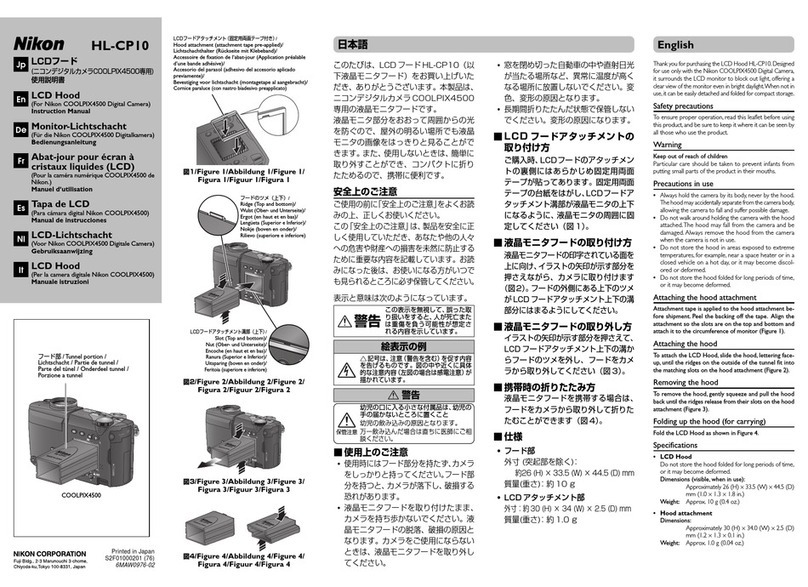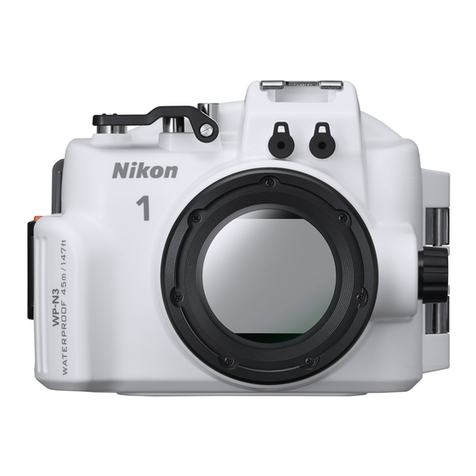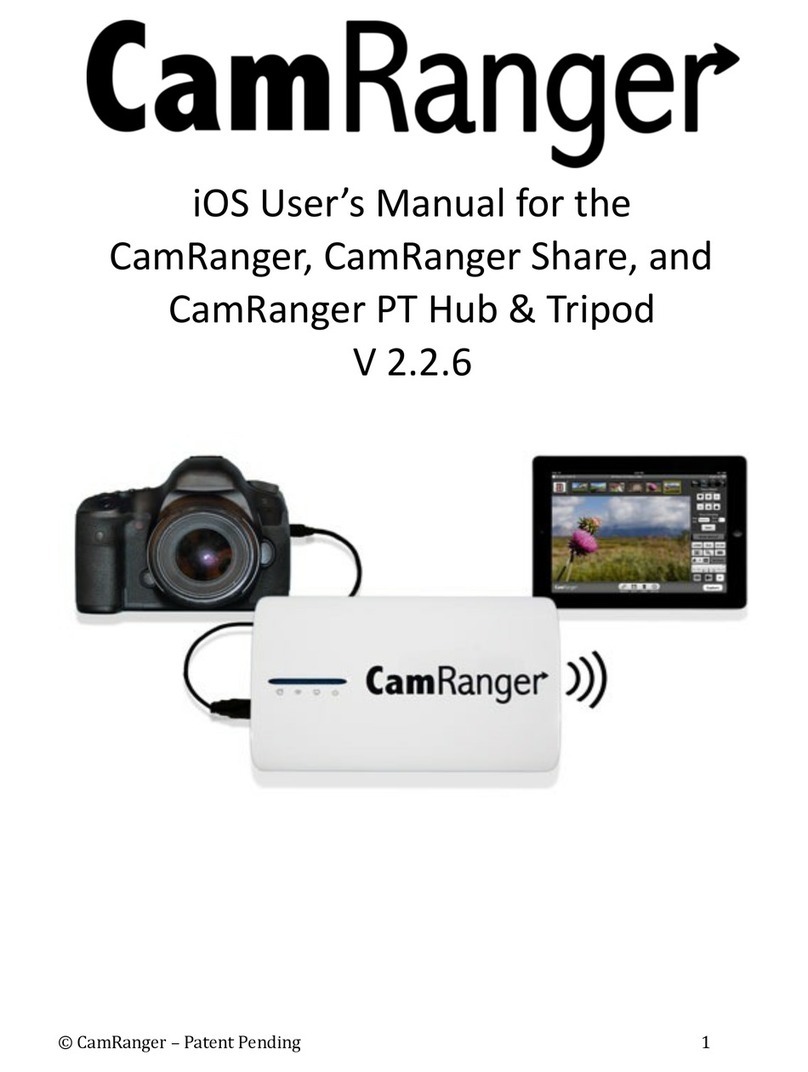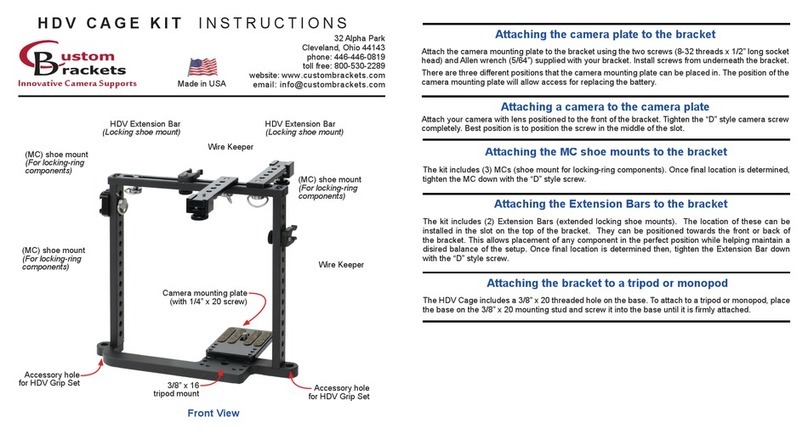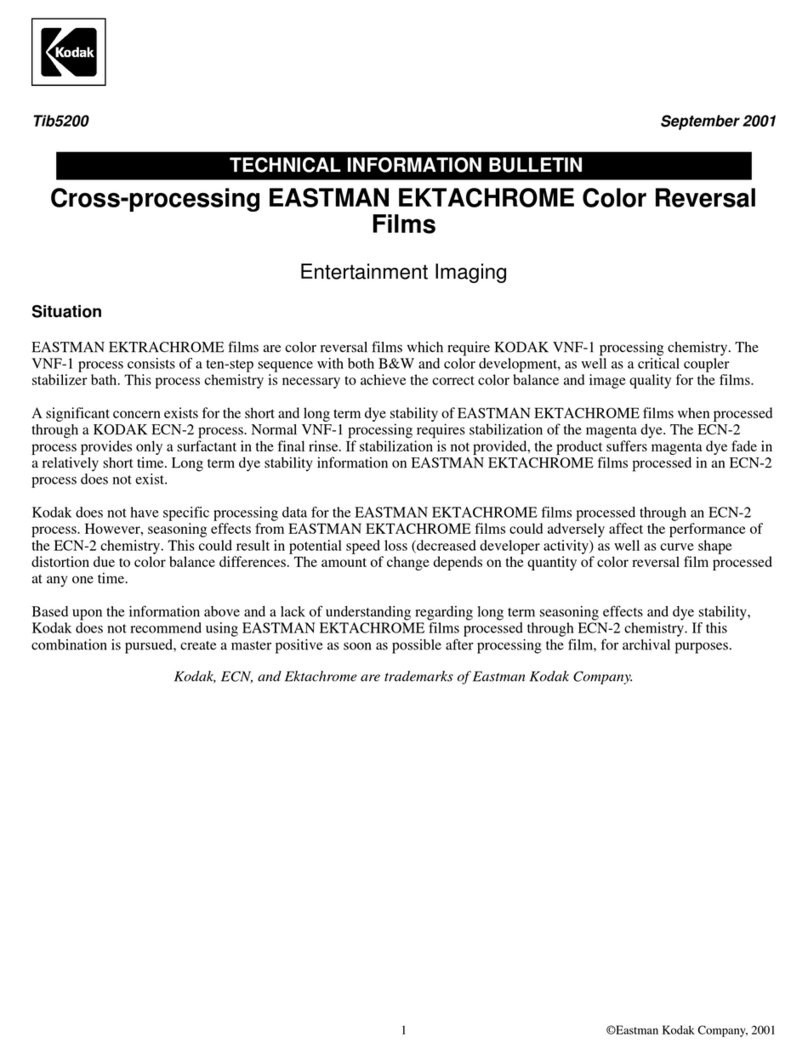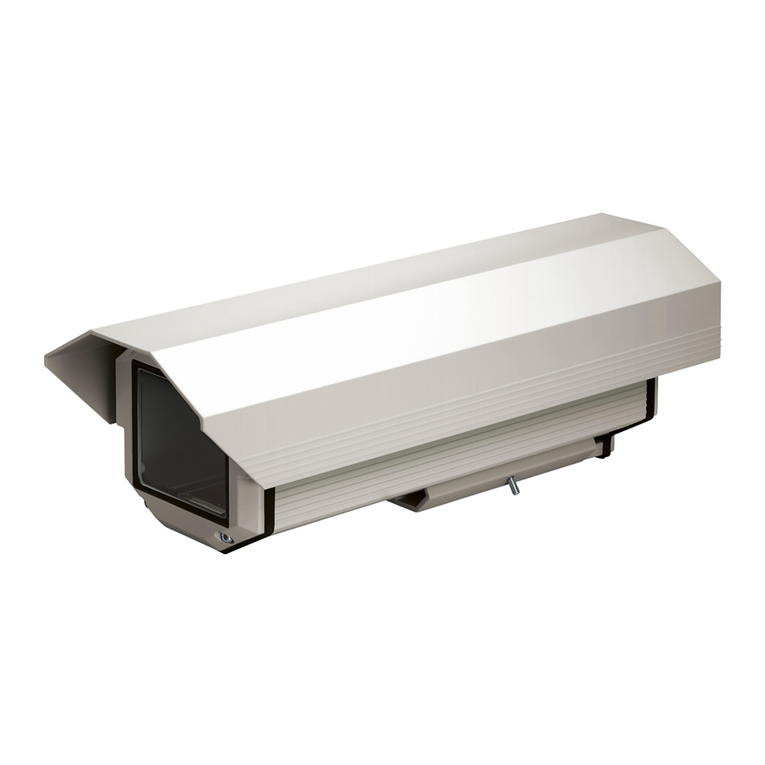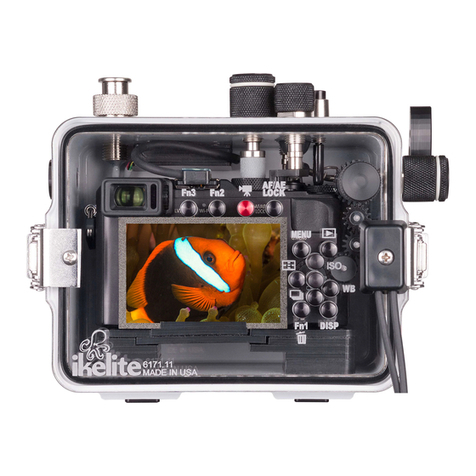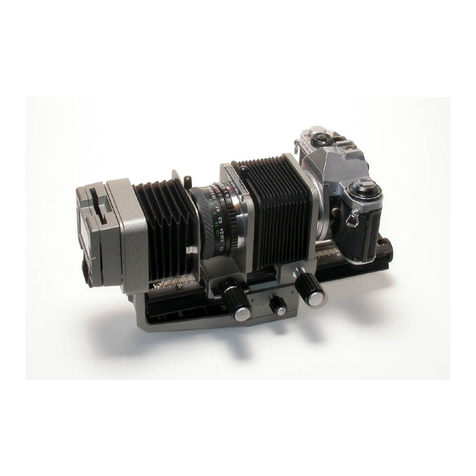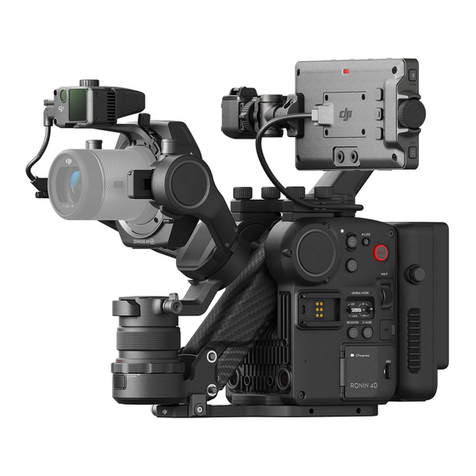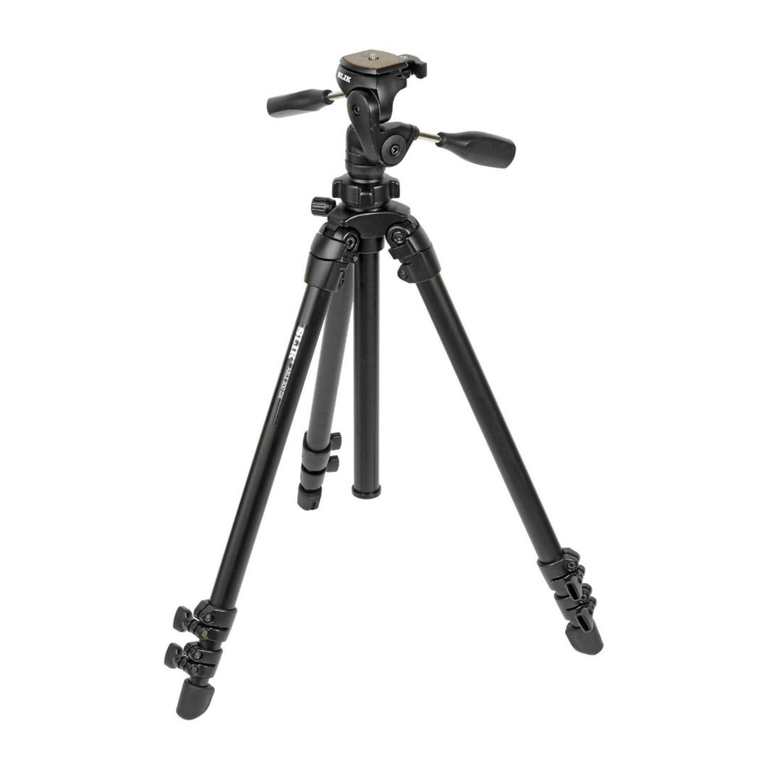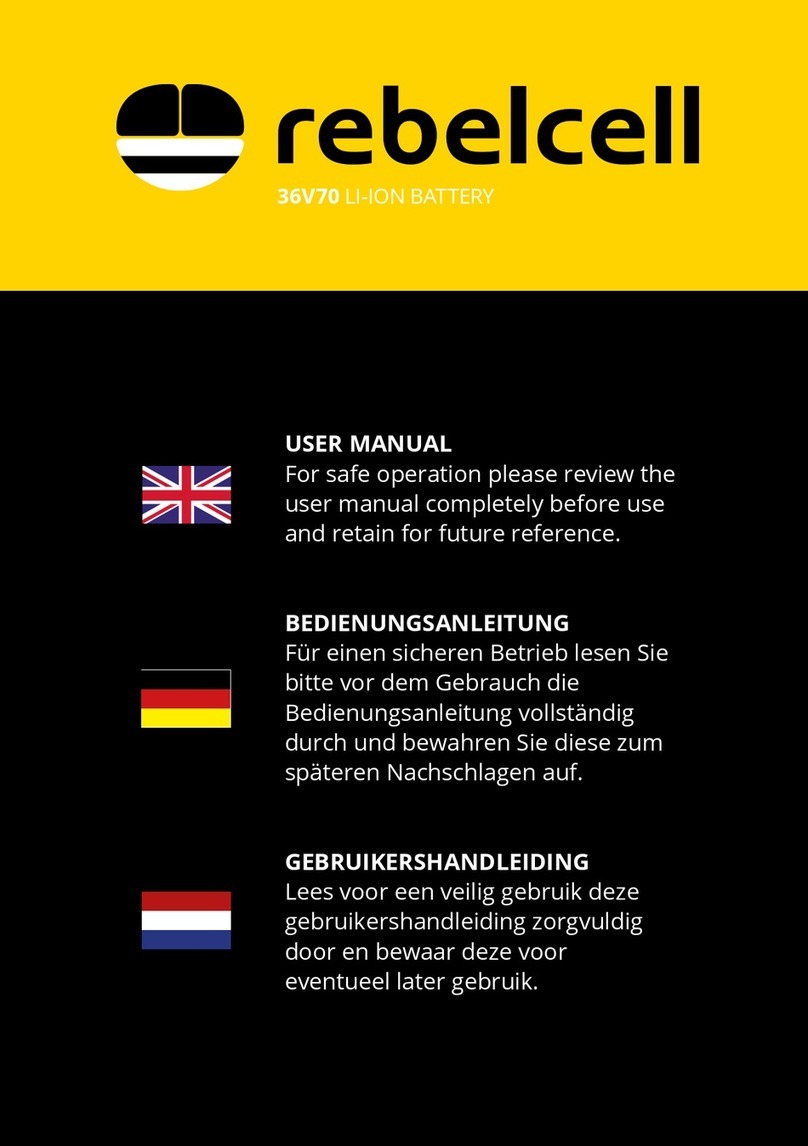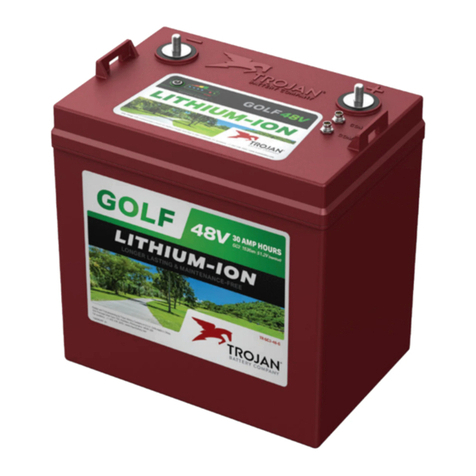Nikon DTM Series Use and care manual
Other Nikon Camera Accessories manuals
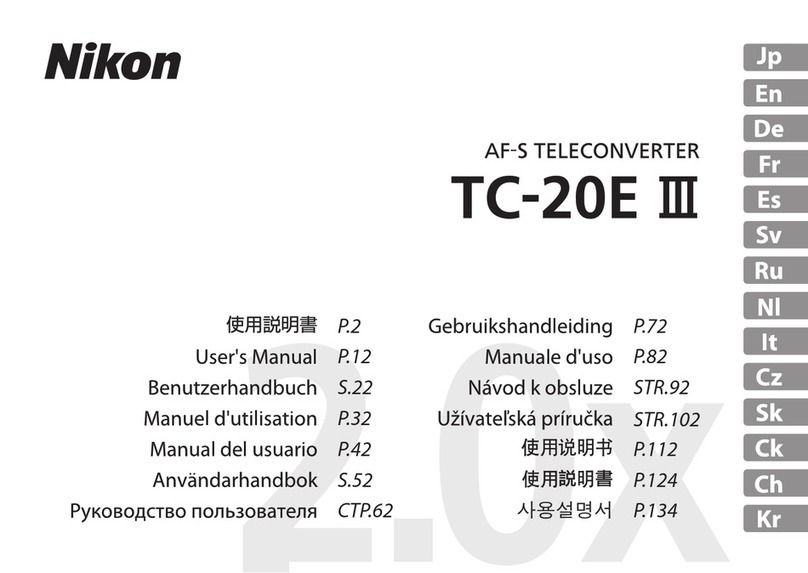
Nikon
Nikon AF-S TC-20E III User manual
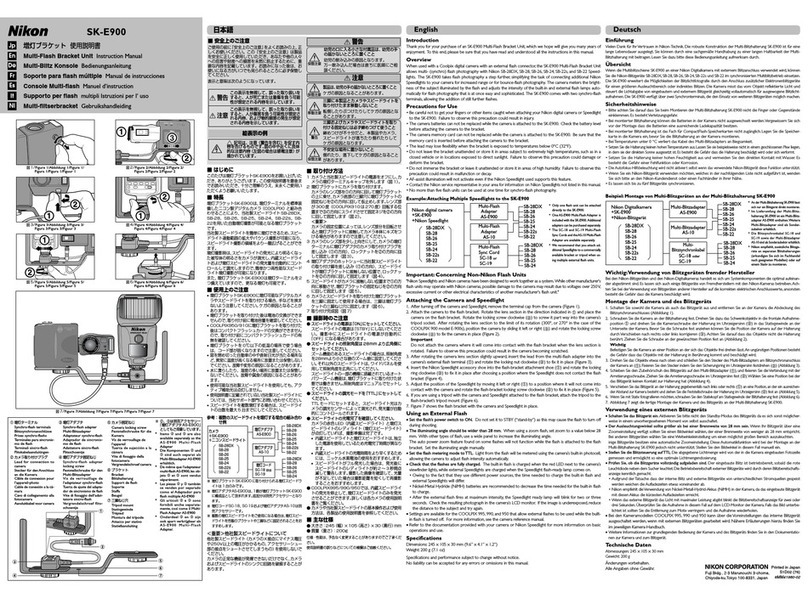
Nikon
Nikon SK-E900 - Flash Mounting Bracket User manual
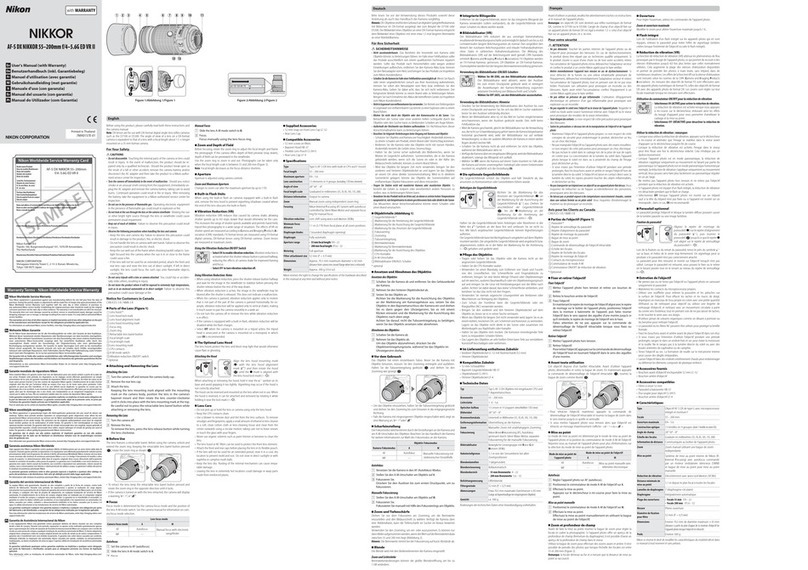
Nikon
Nikon AF-S DX 55-200mm f/4-5.6G IF-ED VR II User manual

Nikon
Nikon AF Nikkor 50mm f/1.4D User manual

Nikon
Nikon SB-25 User manual

Nikon
Nikon E2 User manual
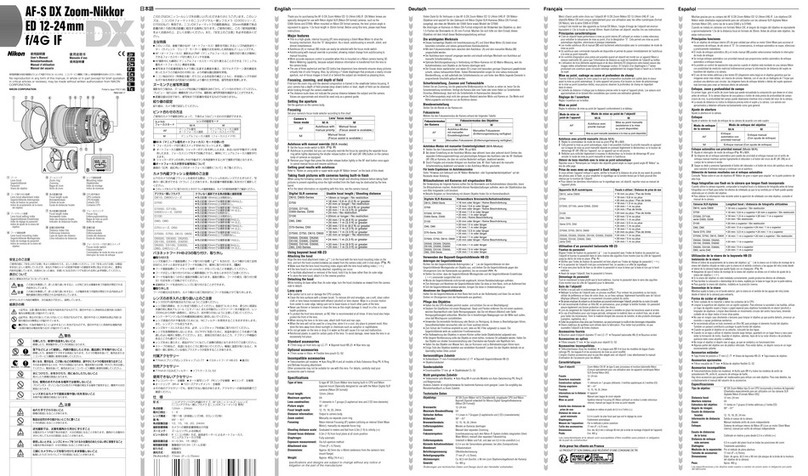
Nikon
Nikon AF-S DX Zoom-Nikkor 12-24mm f/4G IF-ED User manual
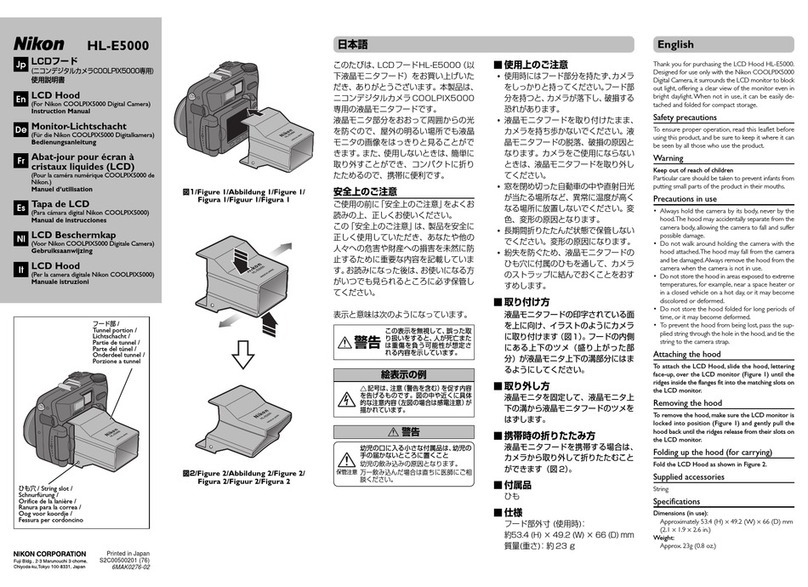
Nikon
Nikon HL-E5000 User manual

Nikon
Nikon 1 NIKKOR VR 70-300mm f/4.5-5.6 User manual

Nikon
Nikon 20mm 1/2.80 User manual
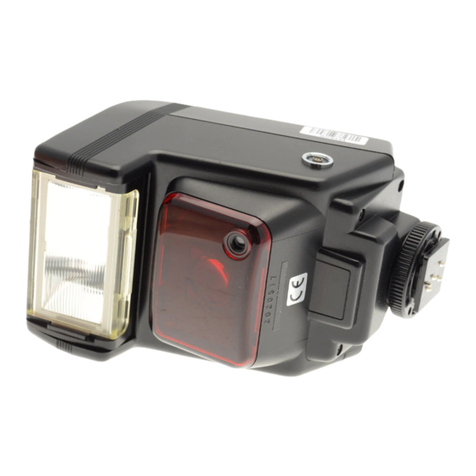
Nikon
Nikon SB-22s User manual
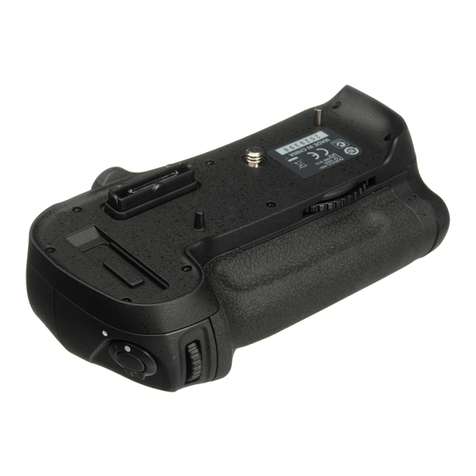
Nikon
Nikon MB-D12 User manual

Nikon
Nikon EN-EL 19 User manual
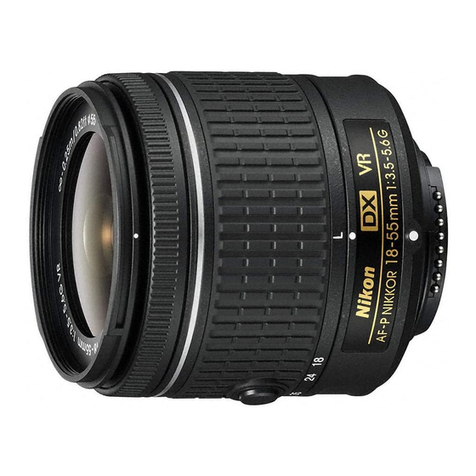
Nikon
Nikon AF-S DX 18-55mm f/3.5-5.6GVR ED User manual

Nikon
Nikon AF-S DX NIKKOR 35mm f/1.8G User manual
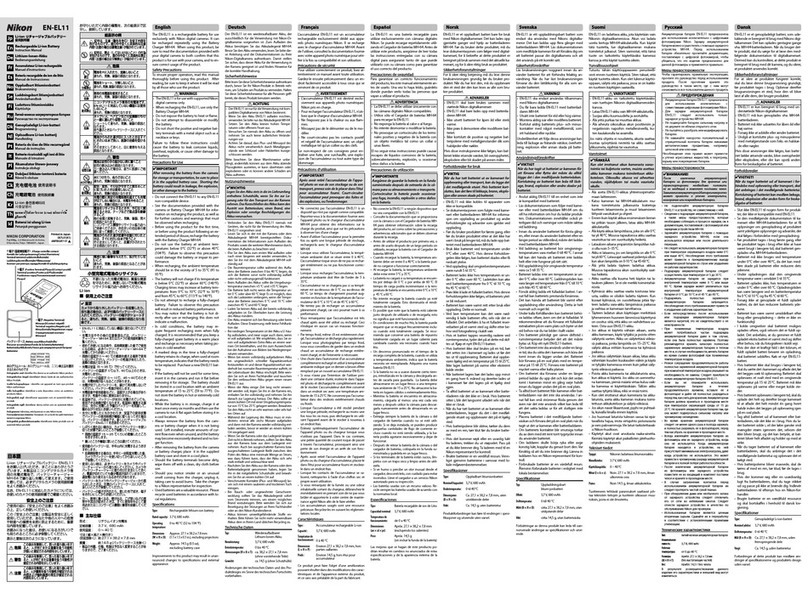
Nikon
Nikon EN-EL11 User manual

Nikon
Nikon EH SK-6A User manual
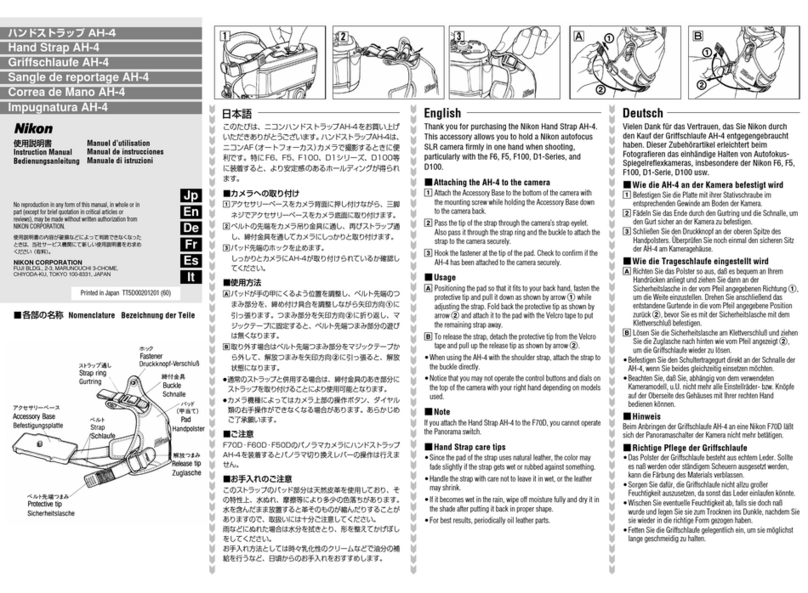
Nikon
Nikon AH-4 User manual

Nikon
Nikon WP-N1 User manual
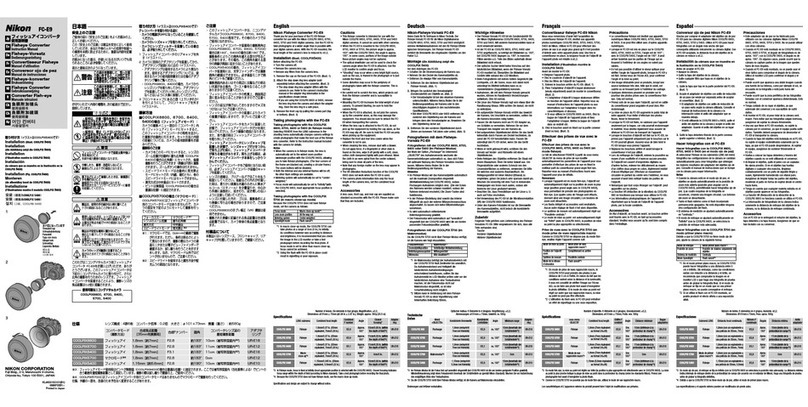
Nikon
Nikon FC-E9 User manual
Popular Camera Accessories manuals by other brands

Calumet
Calumet 7100 Series CK7114 operating instructions

Ropox
Ropox 4Single Series User manual and installation instructions
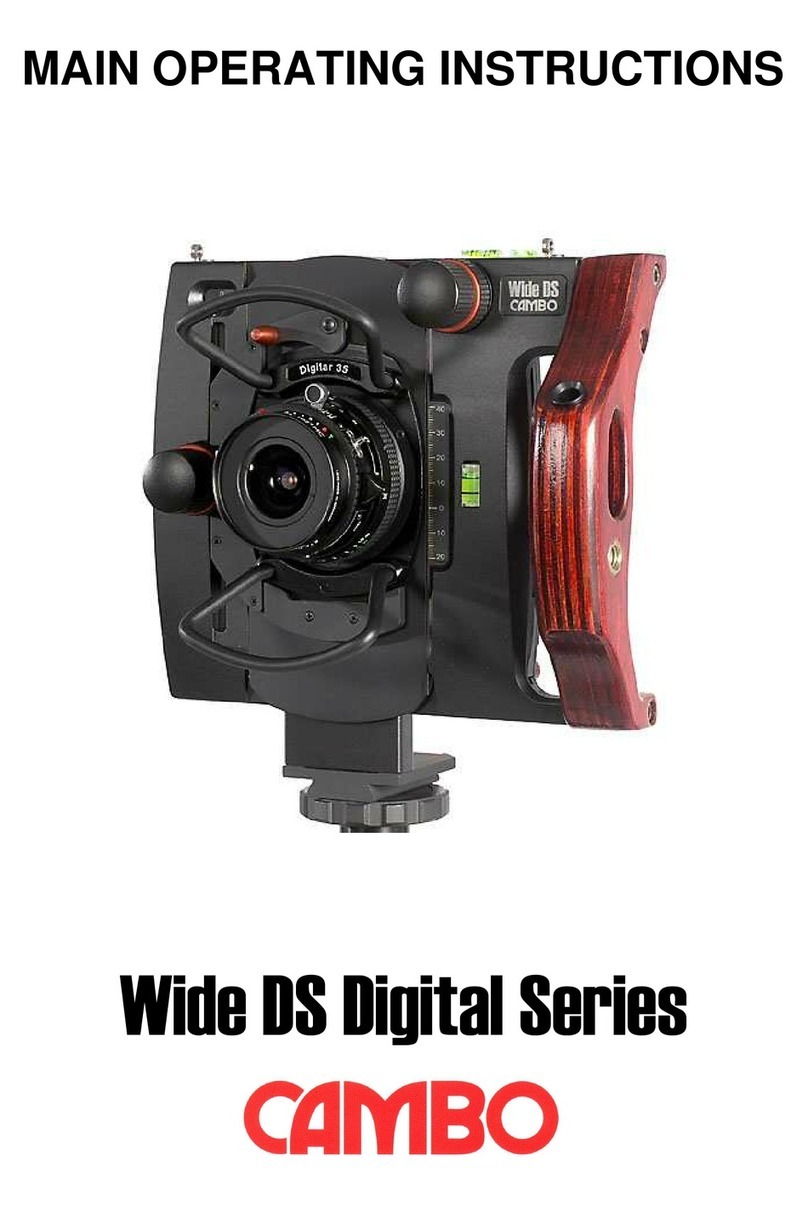
Cambo
Cambo Wide DS Digital Series Main operating instructions

Samsung
Samsung SHG-120 Specification sheet

Ryobi
Ryobi BPL-1820 Owner's operating manual
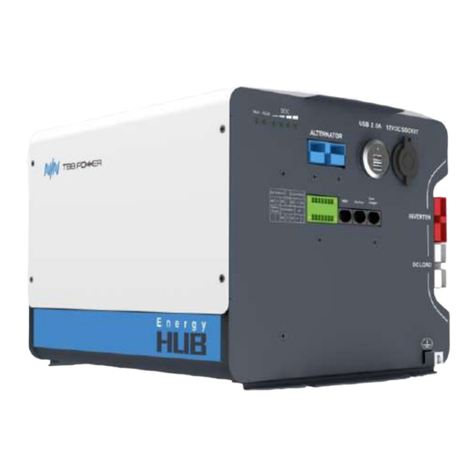
TBB power
TBB power Energy Hub EH128L user manual

